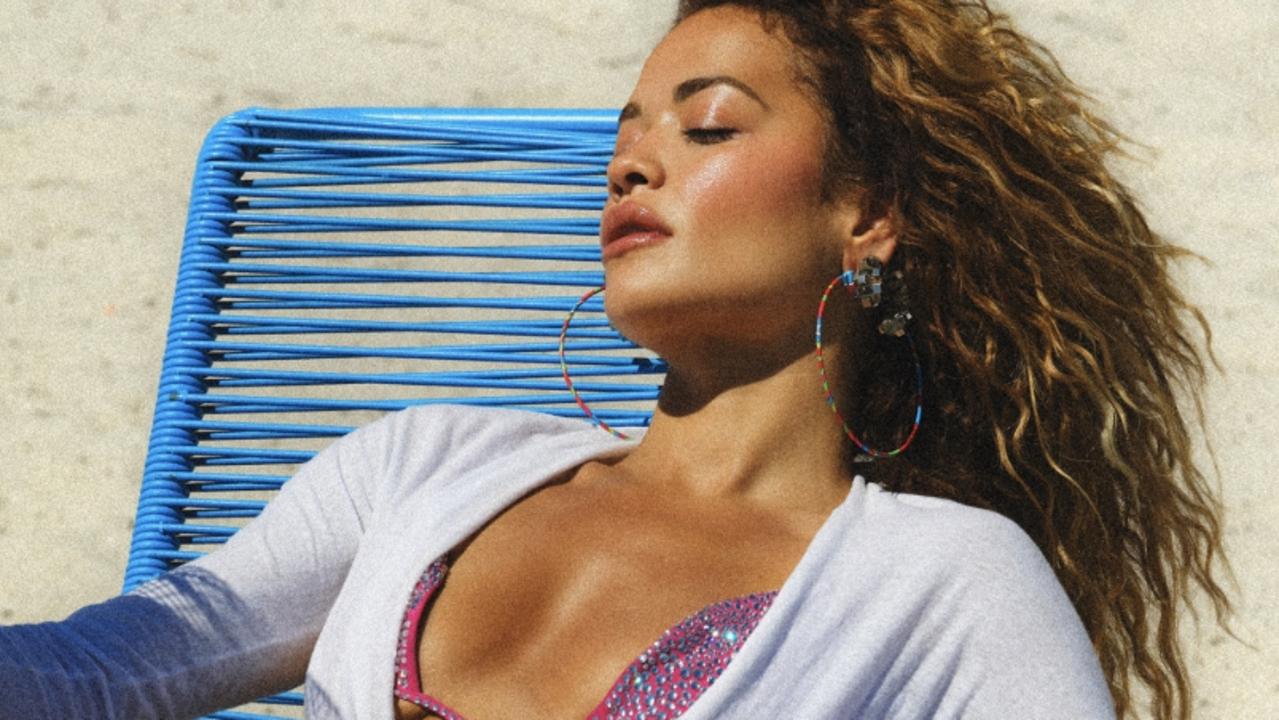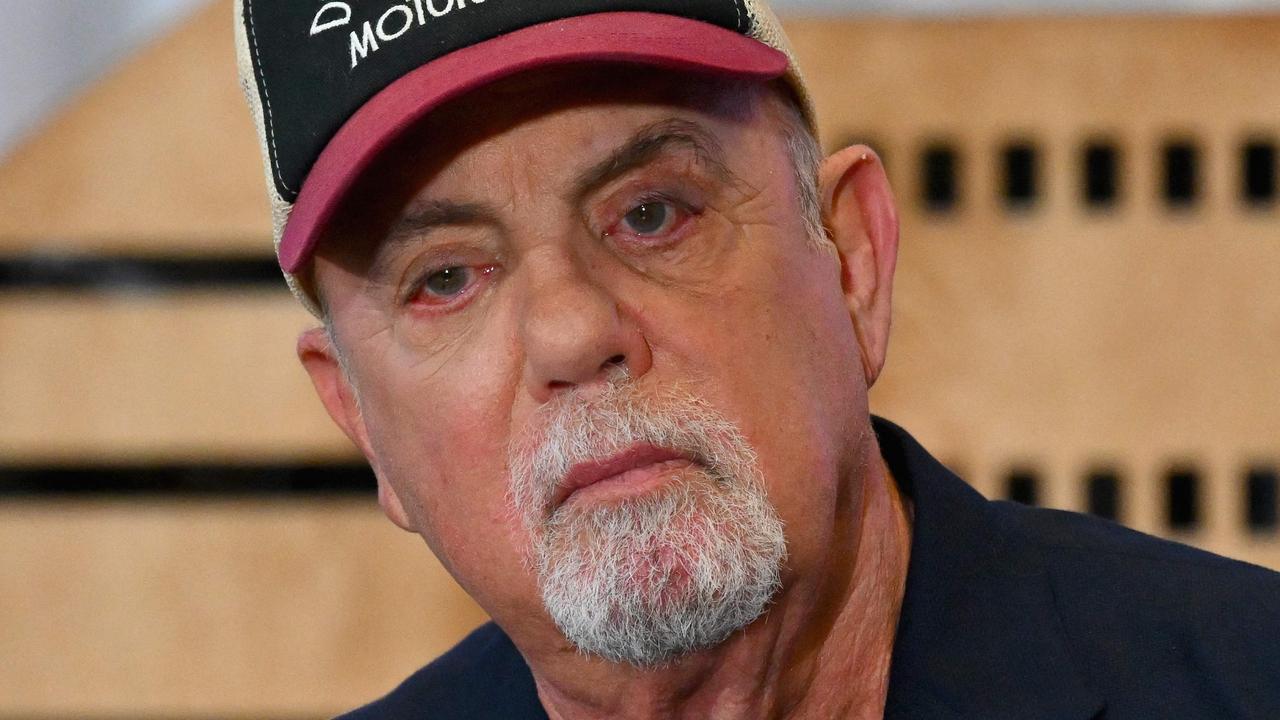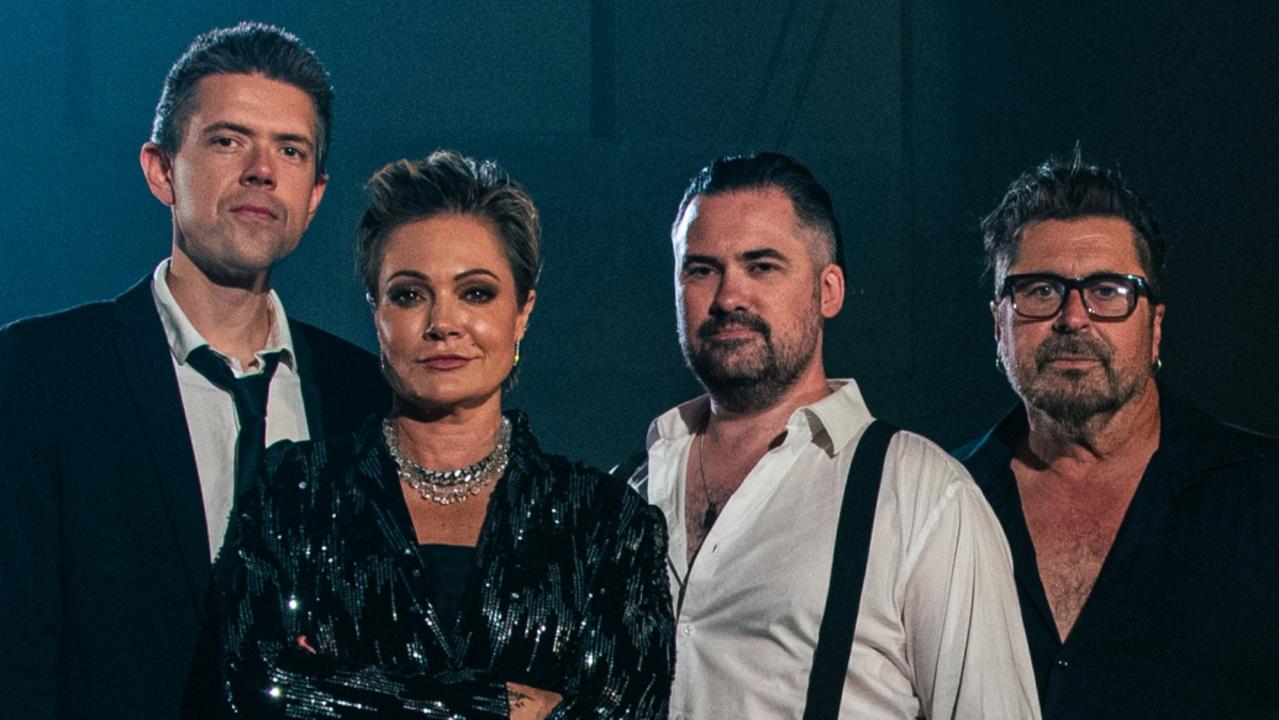The Beatles’ raucous final days in The Beatles: Get Back
Restored footage lovingly compiled by Peter Jackson reveals the raucous final days of The Beatles.
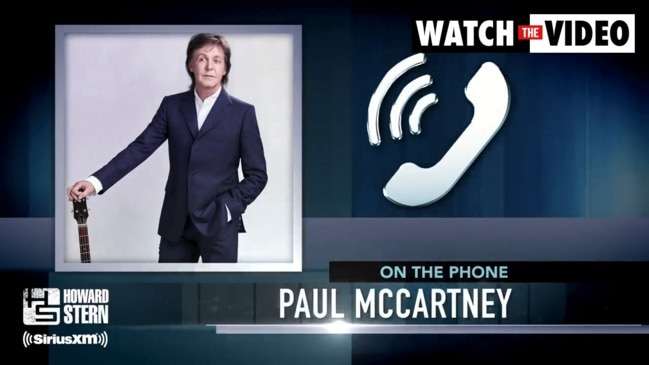
“It’s going to be such an incredibly comical thing in 50 years’ time,” Paul McCartney says on a chilly Monday morning in January 1969.
He predicts people will say, “They broke up ’cos Yoko sat on an amp,” and, “Well, you see, John kept bringing this girl along.”
Now, 50-plus-three years on, we can finally see the funny side as The Beatles head towards the end of their journey, reports The Sun.
Never has there been such an up-close-and-personal film portrait of a band at work and play as Peter Jackson’s three-part series The Beatles: Get Back.
McCartney actually says of Lennon’s lover that same day in January: “She’s great. She really is all right. They just want to be near each other.”
A week or so later, there’s a “freak-out” with Yoko screeching into a microphone, Macca stepping into Ringo’s shoes and playing crazy drums while John produces distorted feedback from his cream-coloured Epiphone Casino guitar.
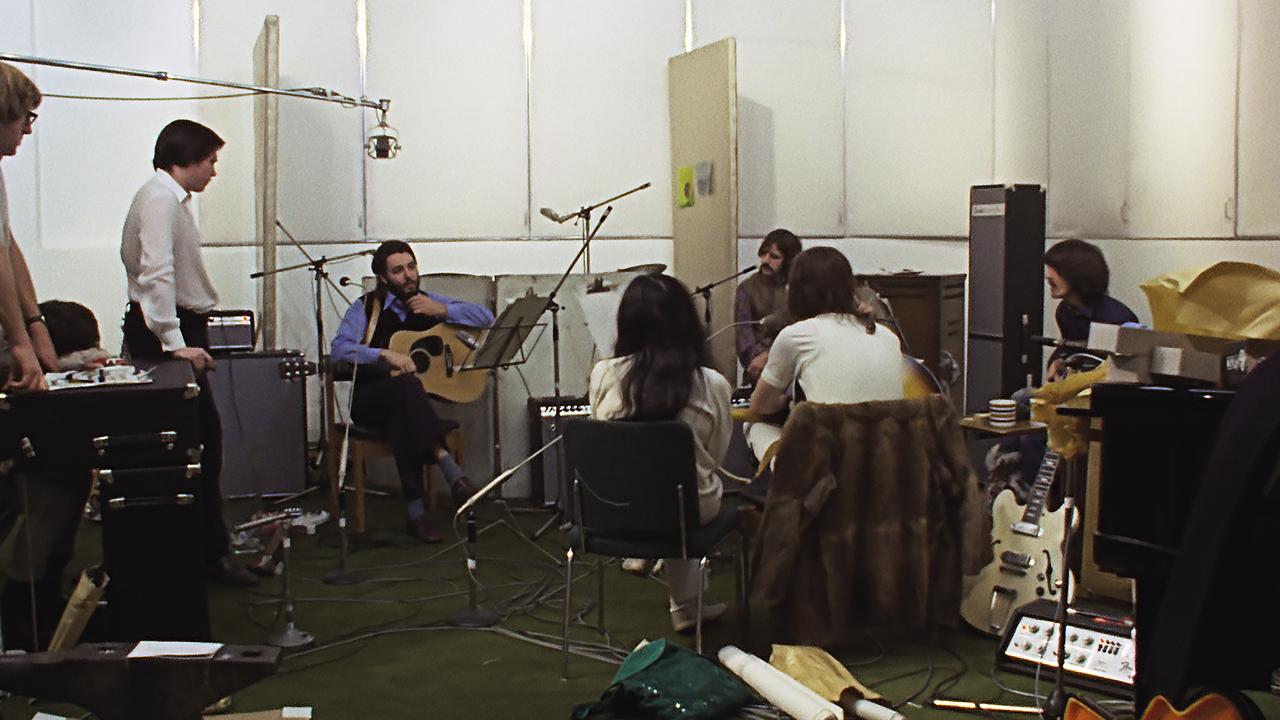
For half a century, popular belief has been that The Beatles split under a tidal wave of acrimony.
This included rows about girlfriends getting in the way, George Harrison going in a different direction and the divisive involvement of business manager Allen Klein.
There was growing acceptance by Lennon and McCartney that pop’s most successful writing partnership had “cooled”.
Early in the documentary, Lennon says: “The Beatles have been in the doldrums for at least a year,” a surprising comment seeing that the period yielded the freewheeling White Album.
McCartney, who clearly feels he’s having to drive the whole shebang “without much support”, decides this is to do with the death of their manager. “We’ve been very negative since Mr Epstein passed away,” he says.
But, in general, The Beatles: Get Back tells a story of friendly banter, biting wit and laugh-out-loud situations – albeit with undercurrents of tension.
When they’re rehearsing Across the Universe and it comes to the chorus of “nothing’s gonna change my world”, Lennon leans into his mike and adds, “I wish it f***ing would.”
In another scene, they’re discussing making American keyboard whiz Billy Preston, who’d joined their sessions, “the fifth Beatle”.
Harrison exclaims: “I’ll ask Dylan to join The Beatles and he would,” and Lennon pipes up: “We’ll call it The Beatles & Co.”
“Yes, like Sgt Pepper’s Lonely Hearts Club Band,” replies the “quiet” Beatle.
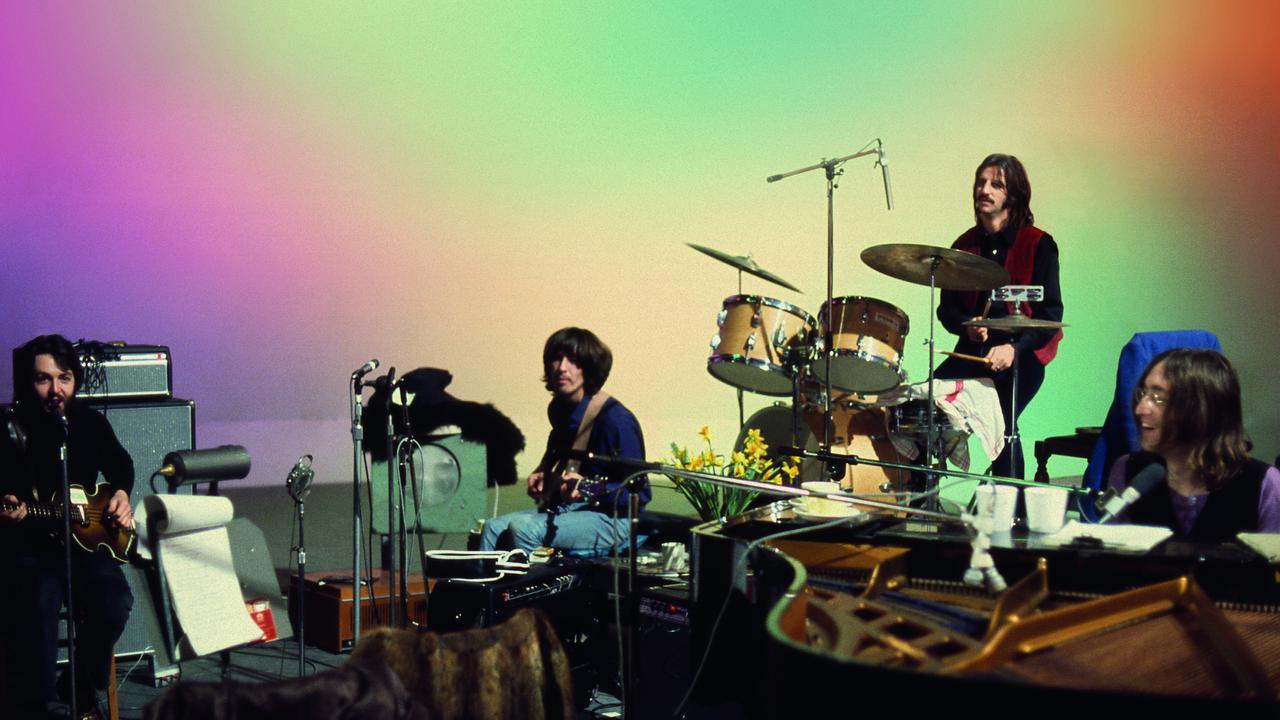
There’s an exquisite moment when George sings a verse of Bob Dylan’s Mama, You Been On Mind as Paul’s girlfriend, later wife, Linda smiles on.
And we see Linda’s six-year-old daughter Heather, later adopted by McCartney, dancing around and engaging Lennon in a conversation about tigers.
So you think you might know The Fab Four well because their songs from Love Me Do to Let It Be have sound-tracked our lives for six decades.
But if you spend the full seven hours and 18 minutes of this documentary in their company - which I’ve done and now I need a lie-down - you’ll feel as if they’re your best friends.
Whether they’re at cavernous Twickenham Studios (episode one), the cramped basement at Apple HQ in Savile Row (episode two) or its rooftop stage (episode three), they’re like kids in a sweet shop around their instruments and mics.
It’s easy to forget how young they still were despite six years of chart domination with John aged 28, Ringo 28, Paul 26 and George just 25.
The Disney+ series highlights the group’s still growing musicality and the intuitive interplay producing the unique Beatles sound.
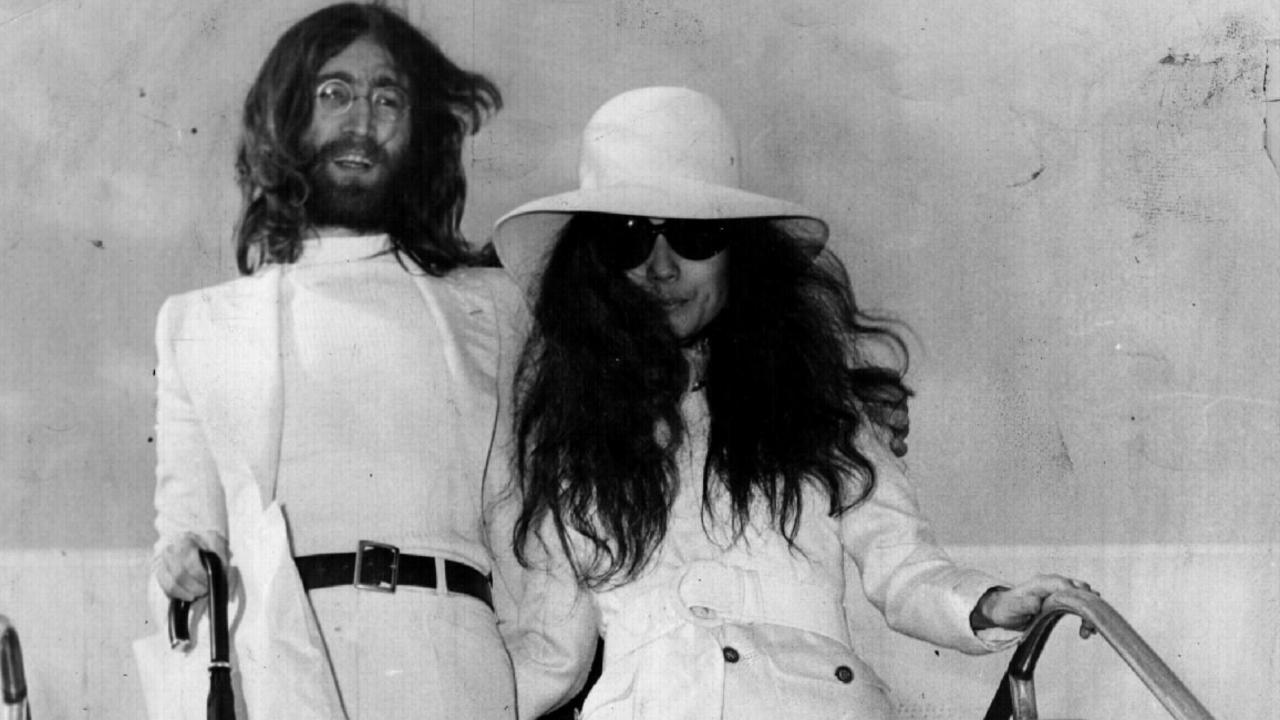
Lennon gets nostalgic and references the Liverpool club where they made their name: “Imagine if we could have played like this at The Cavern, it would have been great.”
A noticeably happy sequence comes when John and Paul goof around creating the jaunty Two of Us, one of their few latter-day Beatles duets, and their faces are wreathed in smiles.
The same vibe occurs on a call-and-response rendition of She Came In Through the Bathroom Window.
‘Sparrow on toast’ & Elvis impressions
The little details are fascinating, too, like whether Yoko has marmalade with her breakfast or what’s in their lunch orders to road manager Mal Evans.
Lennon jokes that he wants to eat “a sparrow on toast” while vegetarian Harrison asks if there’s any cheese sauce for his cauliflower.
When they’re not doing their own stuff, they jam rock ’n’ roll standards by their old heroes like Chuck Berry. McCartney even does his best Elvis impression the day after The King’s 34th birthday.
So how come we have this priceless fly-on-the-wall view of The Beatles’ world?
It’s taken a miraculous and painstaking feat of technology to transform grainy old footage and thin recordings into the spectacular sound and vision we’ve come to expect in the 21st Century.
All shot in January 1969, a little over a year before they split, the so-called Get Back sessions were set up with the intention of rapidly producing new songs for a live performance TV special.
Despite culminating in the fabled rooftop show, the project was shelved and the band returned to their spiritual home, Abbey Road, to make the album they named after the studios in St. John’s Wood.
Only as the Beatles broke up in spring 1970 did the fruits of their filmed labours appear in the shape of the Let It Be album and a rather bleak accompanying film directed by Michael Lindsay-Hogg.
If that all left a bad taste for fans as the releases coincided with losing the band they adored so much, at least all these years later Peter Jackson had a wonderfully rich source of raw material… 60 hours of footage and 150 hours of audio.

John’s ‘stifled creativity’ & peacekeeper Ringo
Looking at McCartney that winter morning on January 13, on perhaps the most pivotal make-or-break day in the whole story, you can see he doesn’t know whether to laugh or cry.
With his blackish-brown hair and full beard, those dark eyes staring into the middle distance, he knows the very existence of The Beatles is at stake.
The previous Friday, Harrison had walked out and the remaining three bandmates still didn’t know if he would return.
When Lennon finally arrives at lunchtime, he and McCartney go for a private chat in the Twickenham studios canteen… only, unbeknown to them, a mic has been planted in a bunch of flowers.
They have a full and frank conversation about Harrison and about their problems with each other. When Paul says to John, “You’ve always been boss,” it’s jaw-dropping stuff.
But it’s the creativity and the laughs that take precedence in the end. You hear Lennon, wearing his trademark bottle bottom gold-rimmed glasses, explaining that his short sight is down to too much masturbation.
This is before he grew his big beard and seeing him dressed down in a green T-shirt and jeans, I’m struck by this forceful, imposing character’s slight frame.
He reveals a certain fragility and admits to treating his body badly by “getting high” the night before.

“Lennon’s late again, I’m thinking of getting rid of him,” quips McCartney.
With his flamboyant Carnaby Street clothes including a pink suit with multi-coloured stripes, Harrison cuts an interesting figure throughout the documentary.
Early on, he clearly feels his creativity is being strangled by the others and, through gritted teeth, says to McCartney, ‘I’ll play whatever you want me to play or I won’t play it all.”
Remember that he’d just started to contribute fabulous songs to The Beatles, even trying out his first attempt at “Something” during these sessions.
This might explain his famous walk-out after the first week-and-a-half at Twickenham.
It was only after they reconvened at a makeshift studio in the Apple basement that Harrison returns, his spirits lifting considerably when Preston joins the sessions on electric piano.
The endlessly cheery Ringo doesn’t get a huge amount of the limelight but comes over as the Mr Nice Guy holding it all together, sometimes in the company of his first wife Maureen.
It’s really quite moving to see Harrison, on acoustic guitar, helping Starr, seated at the piano, create “Octopus’s Garden”. “You’ll be on drums,” Ringo tells John with a laugh.
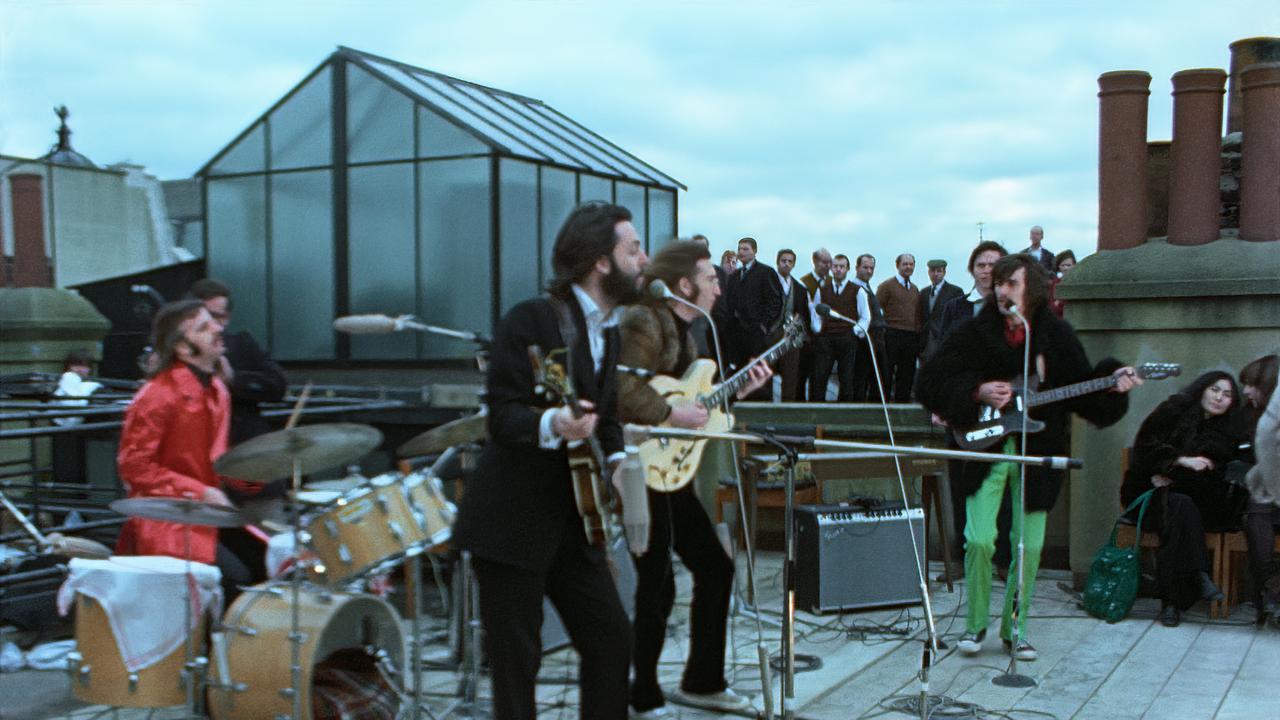
If the studio scenes show extraordinary stuff like McCartney, at the piano, performing the take of Let It Be we all know and love, Jackson’s three-parter all points to a showstopping finale on the Apple roof.
On wintry, grey January 30th, after a fair degree of hand-wringing, they head upstairs after Lennon shouts: “F*** it, let’s go do it!” It’s the last time The Beatles play live together.
Episode three ends with more than 40 minutes of real-time footage to present the entire thing.
The nine songs, including three goes at Get Back, combine with all the funny comments from mystified Londoners peering skywards to the source of the racket.
Aside from the stellar performances, several of which finish up on the Let It Be album, there’s a hilarious subplot.
Two fresh-faced police constables, clearly not remotely aware of what they’re up against, spend the whole time trying to shut it down.
Eventually, their sergeant arrives and that’s it, it’s over, but not before The Beatles have created another slice of history.
To borrow from McCartney’s song, it’s been a long and winding road to Peter Jackson’s stunning films.
Now, I heartily recommend you to Get Back to where The Beatles once belonged.
The Beatles: Get Back is streaming now on Disney+
This article originally appeared on The Sun and was reproduced here with permission

